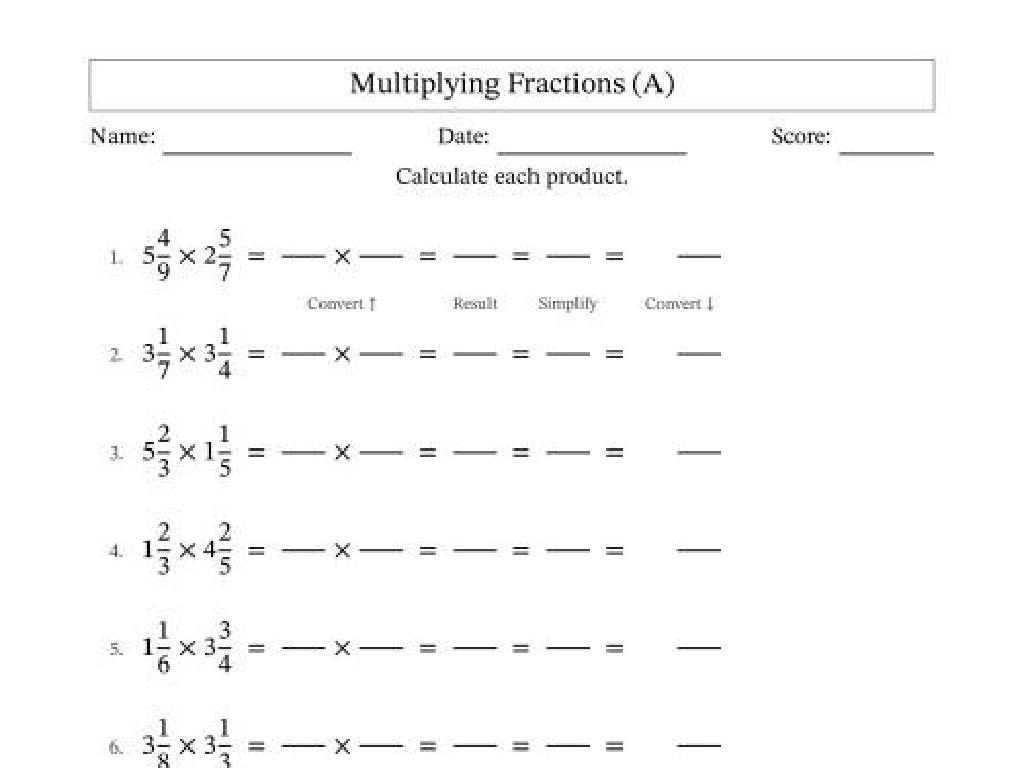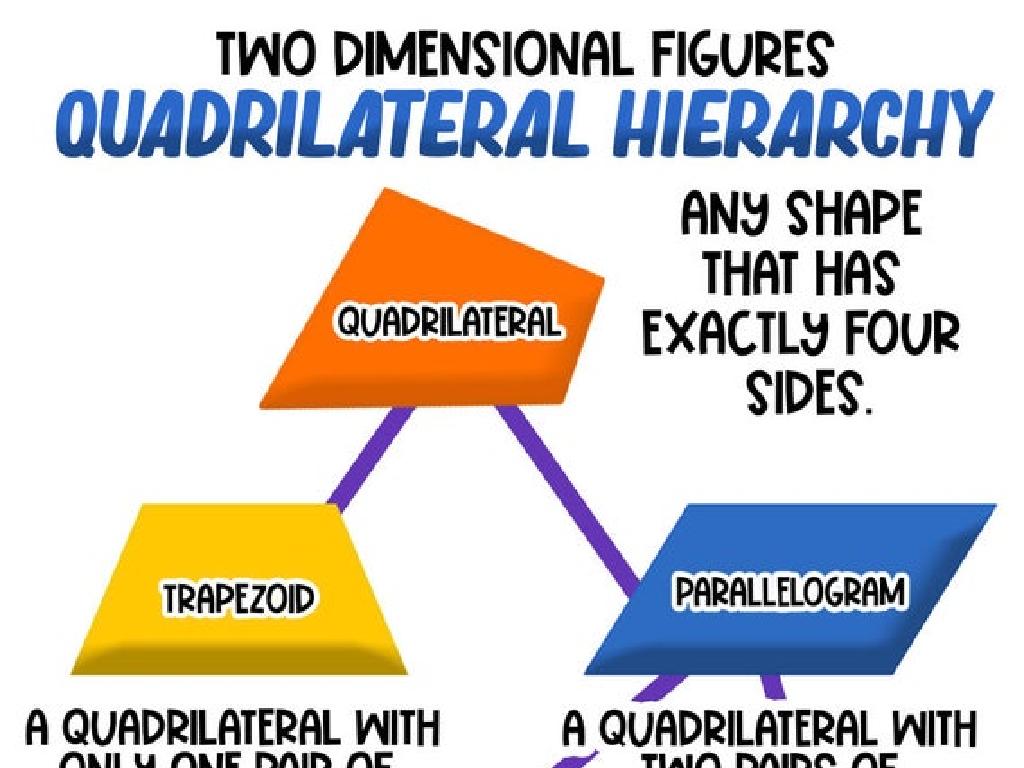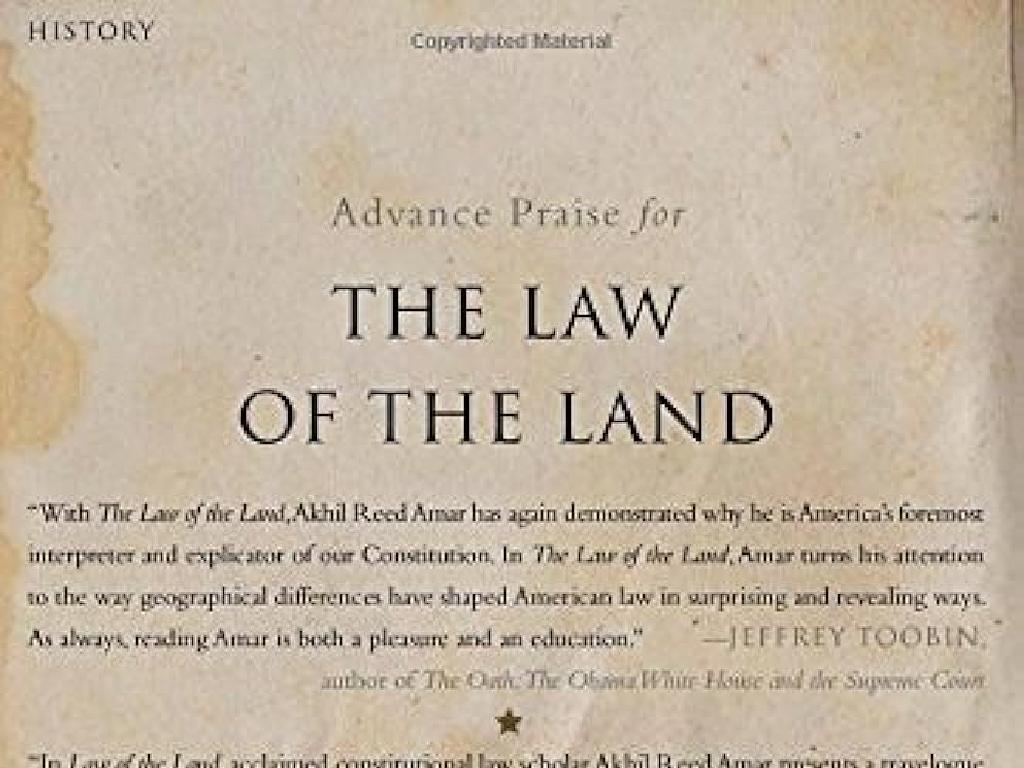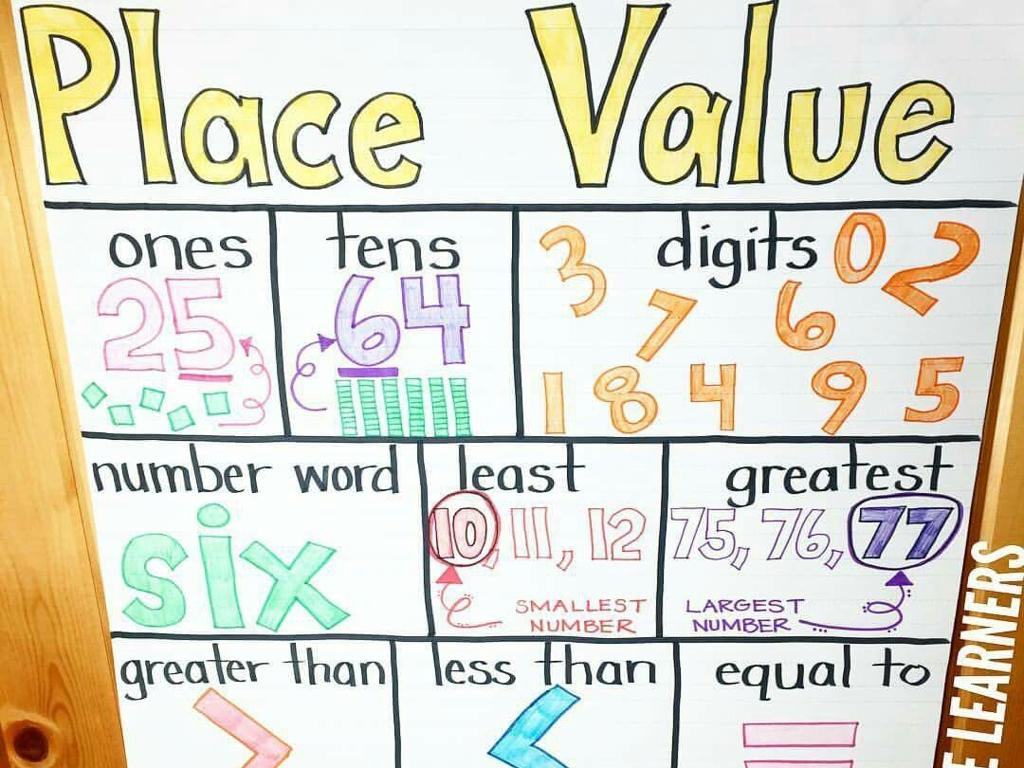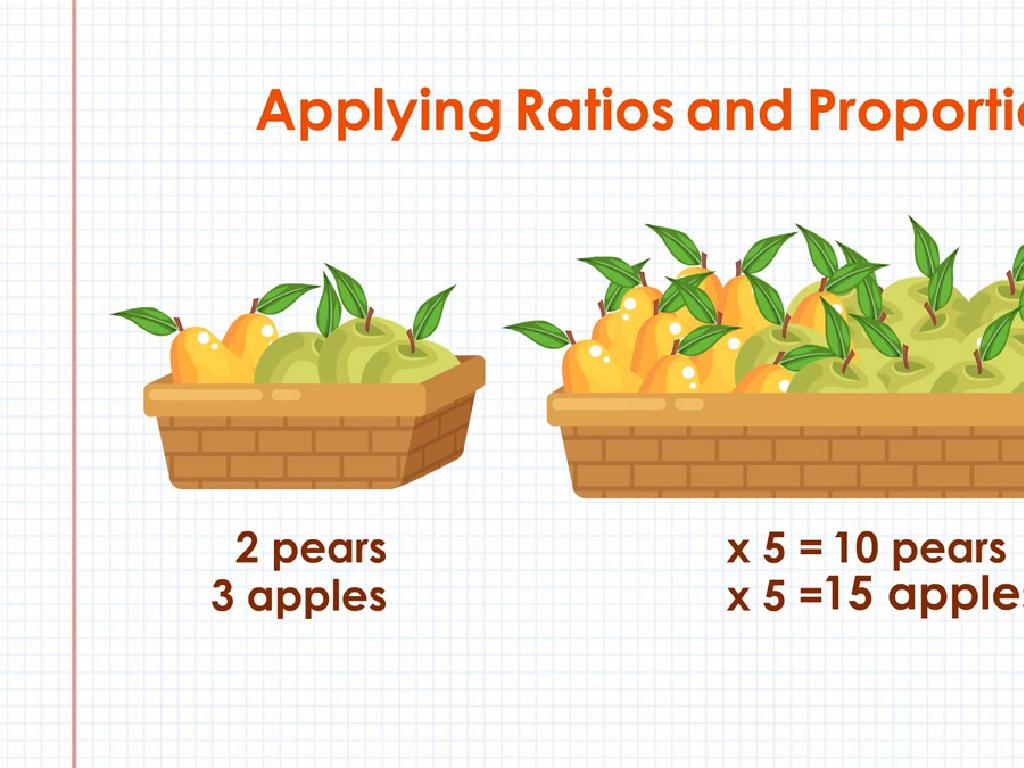Use Cube Trains To Solve Addition And Subtraction Word Problems - Up To 10
Subject: Math
Grade: Kindergarten
Topic: Mixed Operation Word Problems
Please LOG IN to download the presentation. Access is available to registered users only.
View More Content
Math Adventures: Adding & Subtracting with Cube Trains
– Play with numbers using cubes
– Learn to add with cube trains
– Use cubes to build a train, then count to add more cubes
– Discover subtraction with cubes
– Take cubes away from your train and count what’s left
– Become a Math Detective!
|
This slide is designed to introduce Kindergarten students to the concept of addition and subtraction using a hands-on approach with cube trains. Encourage the children to think of the cubes as parts of a train that can be linked together or separated. As they play with the cube trains, they will visually and physically see the numbers getting larger or smaller, which reinforces their understanding of basic arithmetic. Prepare to have different colored cubes to make the activity engaging and to help differentiate between the cubes being added or subtracted. Have a set of simple word problems ready for the children to solve using their cube trains, and guide them through the process of counting and changing the number of cubes to find the answer.
Learning with Cube Trains
– Cube trains are connectable blocks
– Like toy trains, but for learning numbers
– Each cube represents a number
– Imagine each cube is a number from 1 to 10
– Helps with counting and math
– Put cubes together to add, take apart to subtract
– Fun way to learn addition and subtraction
|
Cube trains are a tactile and visual tool to help Kindergarten students understand basic math concepts. Each block or ‘cube’ can be connected to form a ‘train’, which visually represents a number sequence. By adding or removing cubes, students can physically see the result of addition or subtraction problems. This hands-on activity not only makes learning math fun but also reinforces counting skills and number recognition. For the class activity, prepare several sets of cube trains and create simple word problems for students to solve using the cubes. Encourage them to work in pairs to promote teamwork. Possible activities include creating a train with a specific number of cubes, adding two trains together to find the total, or removing cubes to solve subtraction problems.
Story Time: Adding with Cube Trains
– Listen to a train story
– Add cubes to make it grow
– Example: 3 cubes add 2 more
– Starting with 3, then adding 2
– How many cubes now?
– Count together after adding
|
This slide is designed to introduce Kindergarten students to addition using a fun and relatable story about a train that gets longer as more cubes are added. Start by reading a story that involves a train which picks up additional ‘cube’ passengers along the way. As the story progresses, use physical cube trains or illustrations to demonstrate how the train grows. For the example, show a train with 3 cubes and physically add 2 more cubes while the students watch. Ask the students to count the total number of cubes now. Encourage the children to visualize the addition process and to use their fingers or objects to count along. This activity helps to solidify the concept of addition as ‘putting together’ and counting the total. For the next class, prepare to have the students share their own stories or examples of adding with cube trains.
Story Time: Subtracting with Cube Trains
– Listen to a subtraction story
– Visualize taking cubes away
– Imagine a train losing some of its parts
– Example: 5 cubes minus 2 cubes
– From a 5-cube long train, we remove 2 cubes
– Count how many cubes remain
– We count the cubes left to find the answer
|
This slide is designed to help Kindergarten students understand subtraction through a relatable and engaging story about a train that gets shorter by taking cubes away. Start by reading the story, then use actual cube trains or visual aids to show the subtraction process. For the example, show a train with 5 cubes and physically remove 2 cubes while the students watch. Ask the students to count the remaining cubes to solve the problem. Encourage them to visualize the subtraction process and understand that taking away cubes means the train gets shorter. This hands-on activity will help solidify their understanding of basic subtraction within 10.
Let’s Practice Together: Cube Trains
– Try making your own cube train
– Solve problems as a group
– Adding cubes extends the train
– If we have 4 cubes and add 3 more, how long is our train?
– Subtracting cubes shortens the train
– If our train has 7 cubes and we take away 2, how many are left?
|
This slide is designed for a hands-on group activity to help Kindergarten students understand addition and subtraction through a visual and tactile method using cube trains. Start by demonstrating how to connect cubes to form a train. Then, present simple word problems and guide the students to use their cube trains to find the answers. For addition, they will add cubes to their trains, and for subtraction, they will remove cubes. Encourage students to count aloud as they adjust their trains. Prepare to walk around the classroom to assist and ensure that each student is engaged and understands the concept. Possible activities include: creating trains of different lengths, comparing train lengths, and using different colored cubes to represent different numbers.
Class Activity: Building Cube Trains
– Pair up for word problems
– Use cube trains for solutions
– Cubes represent numbers in problems
– Help your partner
– Share your cube trains
– Show and tell how you solved it
|
This activity is designed to encourage collaborative learning and hands-on experience with addition and subtraction. Students will work in pairs to solve word problems using physical cube trains, which will help them visualize the concepts of adding and subtracting within 10. Teachers should prepare simple word problems suitable for Kindergarten students and demonstrate how to use the cube trains to represent numbers and find solutions. Encourage students to communicate with their partners, assist each other in problem-solving, and share their methods and results with the class. Possible activities include: creating a story with cube trains, racing to solve problems, or building the longest correct cube train. This will help students understand the practical application of math in a fun and interactive way.
Show and Tell: Cube Train Solutions
– Pairs present their cube trains
– Explain your problem-solving
Describe the steps you took using the cubes
– Celebrate each other’s efforts
– Reflect on the learning experience
What did you learn from solving the problem?
|
This slide is for a class activity where students will work in pairs to solve addition and subtraction problems using cube trains. Each pair will take turns coming to the front of the class to present their cube train and explain how they used it to solve the word problem. Encourage the students to articulate their thought process and the steps they took. After each presentation, the class will show their support by clapping. This activity aims to build confidence in problem-solving and to reinforce the concept of addition and subtraction using physical manipulatives. For the teacher: Prepare 4-5 different word problems for the students to choose from, ensure that each pair has a different problem to encourage a variety of solutions, and guide them in creating their cube trains. This will also serve as an assessment of their understanding of the concepts taught.
Review and Goodbye, Math Detectives!
– Recap: Adding and Subtracting
– We learned to combine and take away numbers up to 10.
– Cube Trains in Problem Solving
– Cube trains showed us how numbers join and separate visually.
– Celebrating Our Math Skills
– Looking Forward to More Math Fun
|
Today, we’ve explored the basics of addition and subtraction using cube trains, which are a fantastic visual aid for young learners. By physically manipulating the cubes, students can better understand the concepts of combining and separating quantities. As we wrap up, let’s remind the children how these skills are like being detectives, where they look for clues (numbers) to solve mysteries (word problems). Praise their efforts and encourage them to continue practicing at home. For the next class, prepare a set of new and exciting word problems for the students to solve using cube trains, fostering their love for math.

